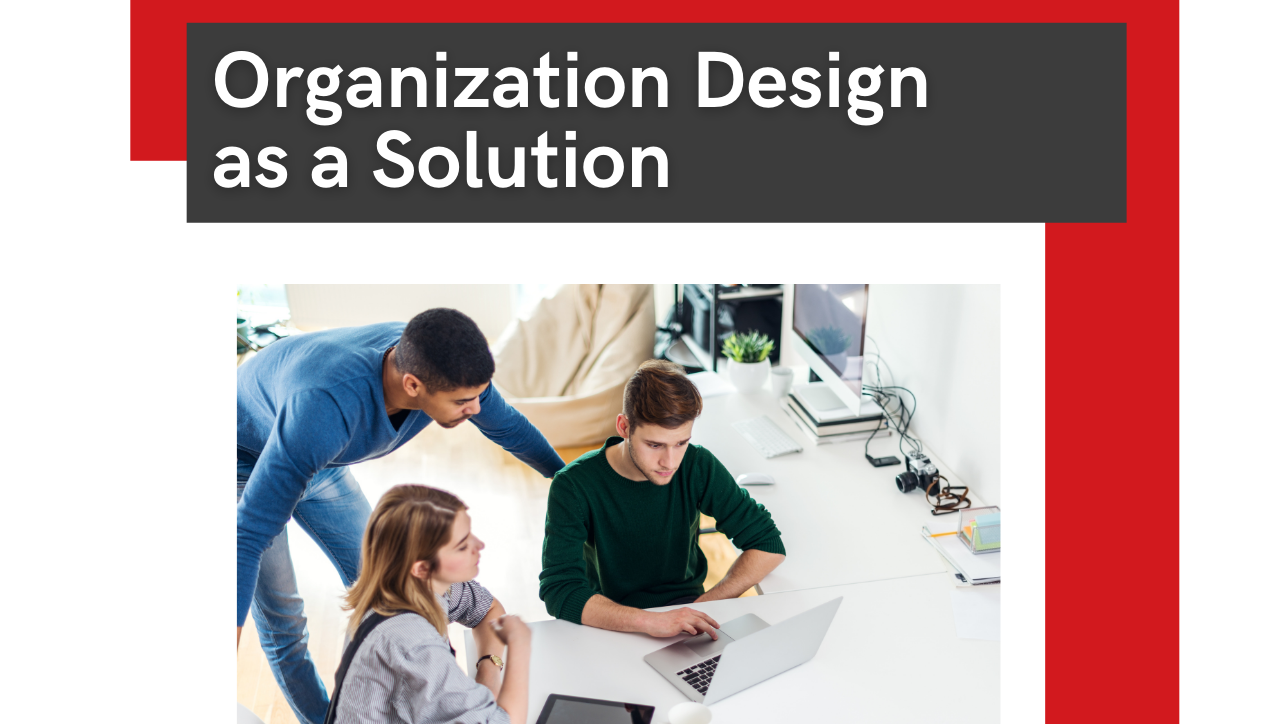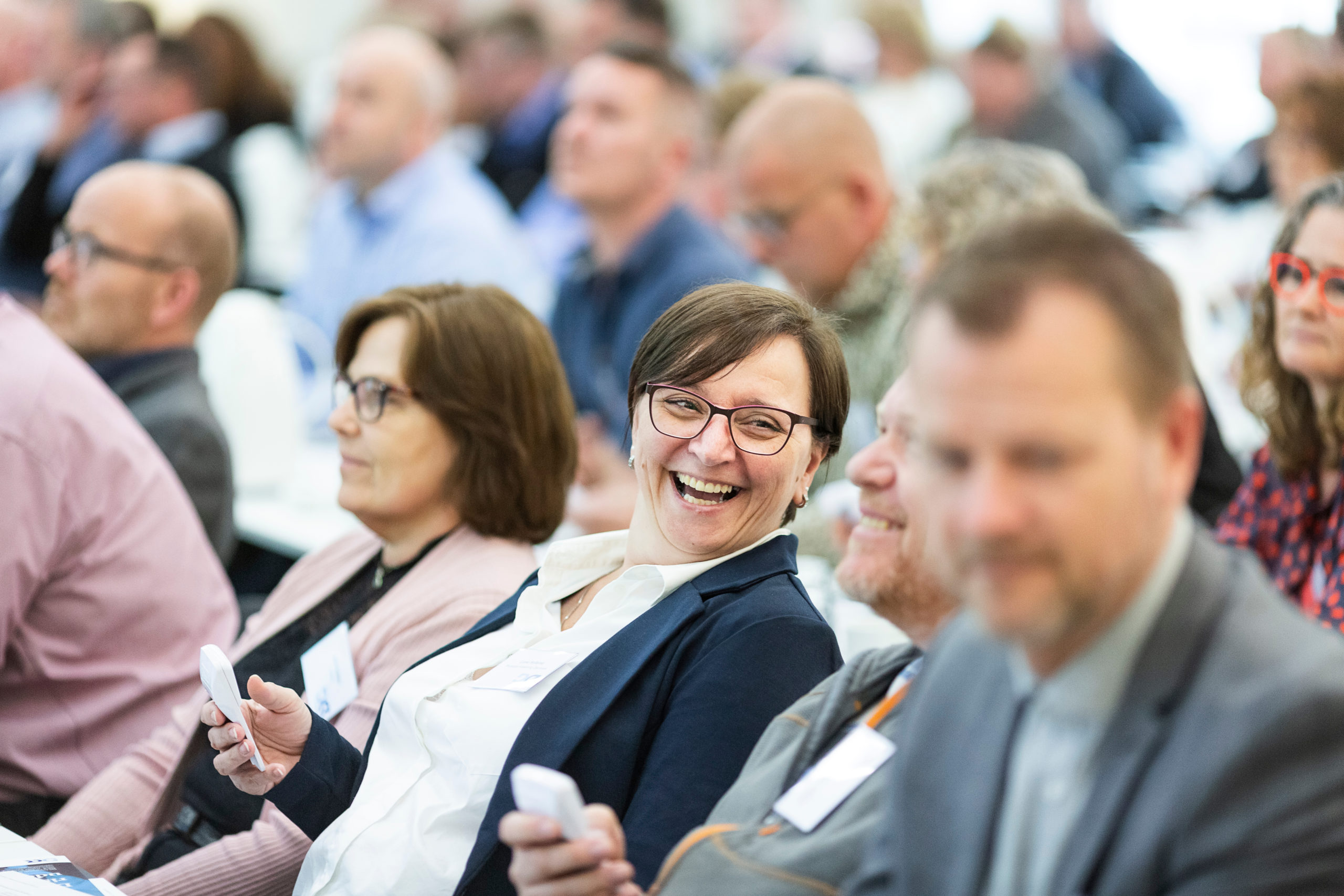5 minute read
Takeaway: Combining change with a collaborative work environment invites other employees to learn from subject matter experts, which further develops both experts and other employees.
“It is as though we are so busy building rafts to cross the river that we never look up to consider building a bridge, or a tunnel or a dam or fording the river or building boats or planes or all the other things we could do. We just focus on producing those rafts.” (Sloane 2009)
Organization Design as a Solution
Organization Design is not typically the first solution that comes to mind when an organization identifies a problem. I often hear from organizations “We don’t have the capacity to do X…”; X being whatever new demand is coming from the business. Often the first solution organizations consider is hiring more people. This should be a big red flag. Hiring people before assessing if your organization is fit for purpose has risk implications. Of course, adding a headcount can be necessary for many situations. In reality, the question that should be asked first is: am I fully leveraging my current workforce? You can better leverage your workforce by utilizing organization design tactics and principals. This leads to increased efficiencies, more engaged employees, and furthers employee development.
Increased Efficiencies
Data from previous ON THE MARK projects show that between 10 and 30 percent of capacity is freed up during a redesign. This happens because duplicative, redundant work and ineffective processes are identified during the redesign process. It’s important to note that deciding if your organization is fit for purpose is a key question to answer before moving forward with more granular levels of work.
Once fit for purpose is decided, waste work is the next thing identified. With the identification of wasted work, a path to better utilization of resources starts to unfold. Understanding how current resources can be better utilized creates increased efficiency and effectiveness. In turn, the increase in efficiency provides organizations more room to handle new demand, which could include more innovative projects. As more and more companies seek to innovate, we see continuous struggles to find the time and headcount to do so. Strategically working through an organization design is one solution for establishing a foundation for innovation.
Engaged Employees
ON THE MARK believes that people support what they help create. Those looking to engage their employees should employ an organization design process that mirrors that expectation. Employee engagement should start from day one of the process and involve more members of the organization with each sequential step. To actually increase employee engagement, organizations must decide that employee engagement is part of the main design criteria. This allows them to configure their organization around employee engagement from the outset. When the design work is finished and a company begins implementing the new framework, employee engagement will already be built into the model. In a study done by Gallup, organizations with more engaged employees led to higher job satisfaction and better performance. This should be an important target if you or your organization wants to leverage your workforce fully and generate better performance.
Further Development
It seems like more and more organizations are moving toward a flatter organization prioritizing agility and collaboration. This move toward a flatter model provides a space for subject matter experts (SMEs) to be fungible resources. This involves the flattening of an organization to become more horizontal, which allows SMEs to be utilized across the business instead of within specific departments. Combining this change with a collaborative work environment invites other employees to learn from SMEs, which further develops both SMEs and other employees. Typically, in more vertical models we see subject matter experts being used in silos and not across the business, which delays development across the entire workforce. Through our real-life work, we know that organizing around a more collaborative environment creates development opportunities that cannot be empirically calculated. Despite not having a specific metric attached to collaboration, the degree of change is noticeable within an enterprise.
Never miss out on OTM blog updates.
Subscribe to be notified whenever we post.
Dallin Whitfield was a Support Consultant at ON THE MARK.
OTM is the leading global boutique organization design consultancy with offices in the USA and UK. With over 450 successful redesigns and operating model modernizations completed, OTM is owner of the industry’s most integrated, comprehensive and holistic organization design solution. OTM enables its clients to realize their future ambitions.





